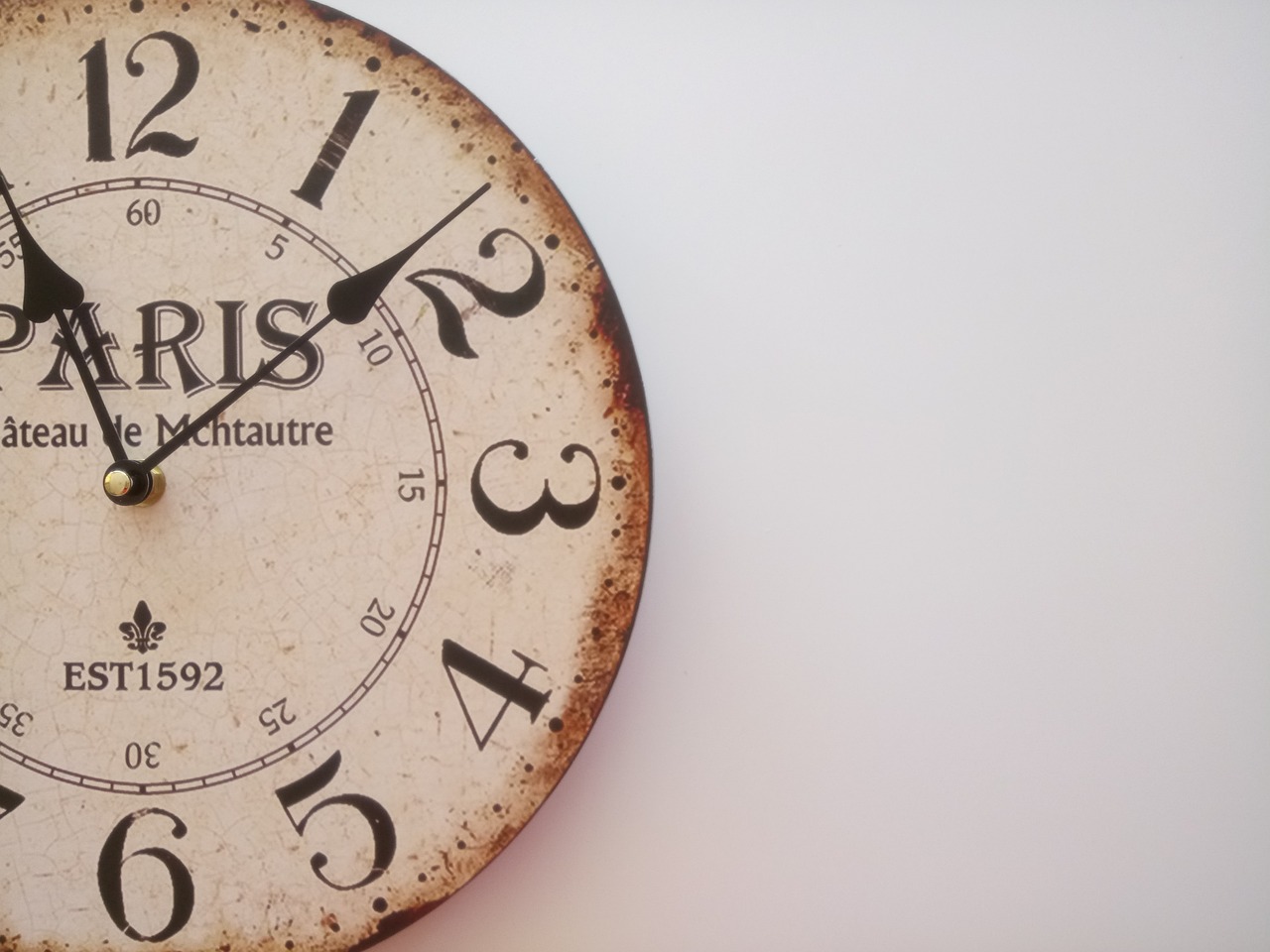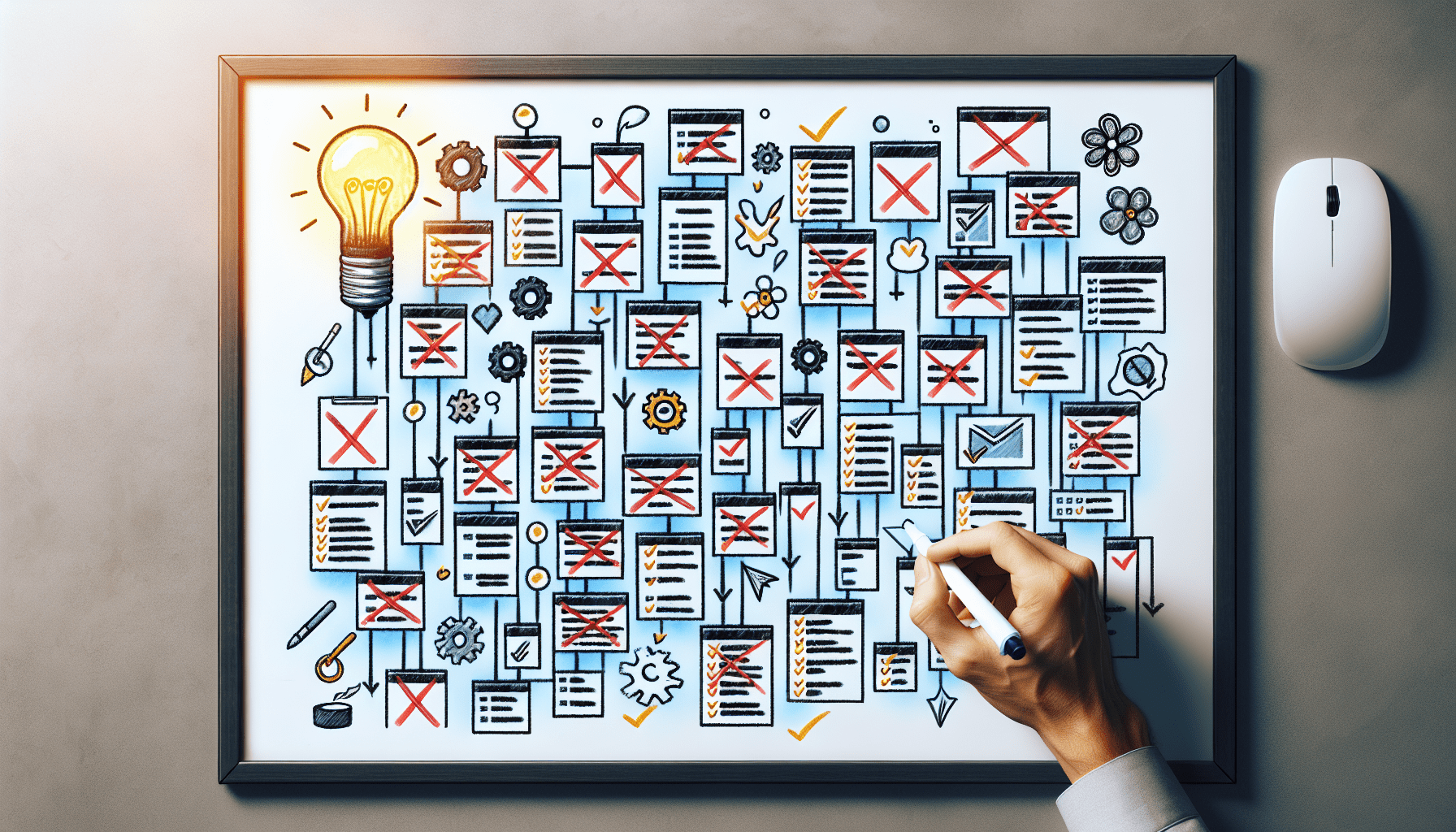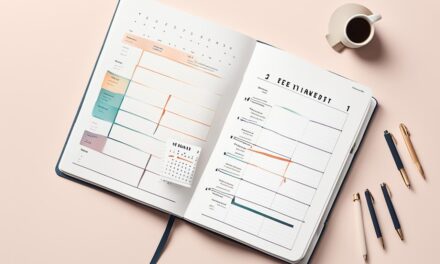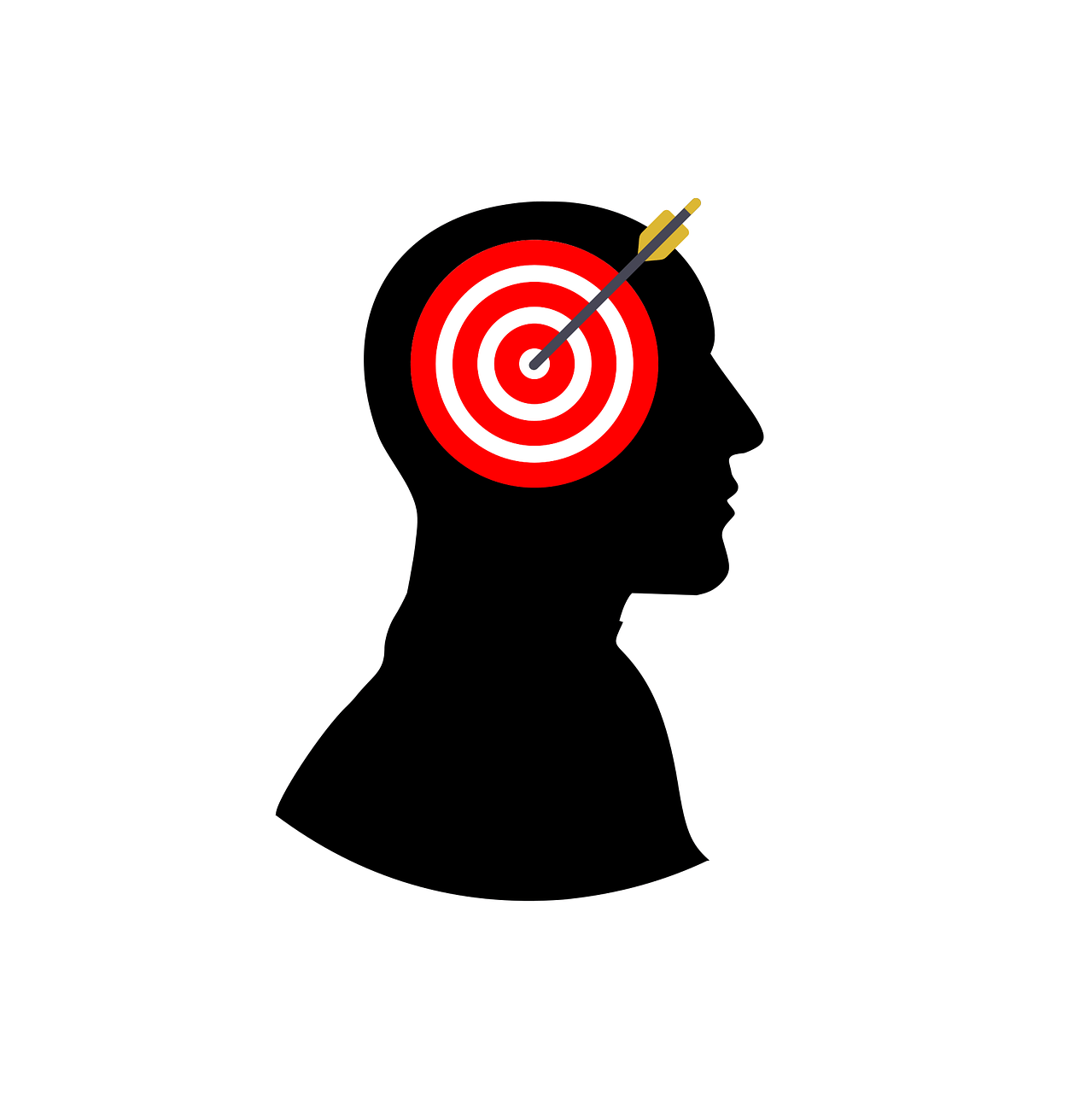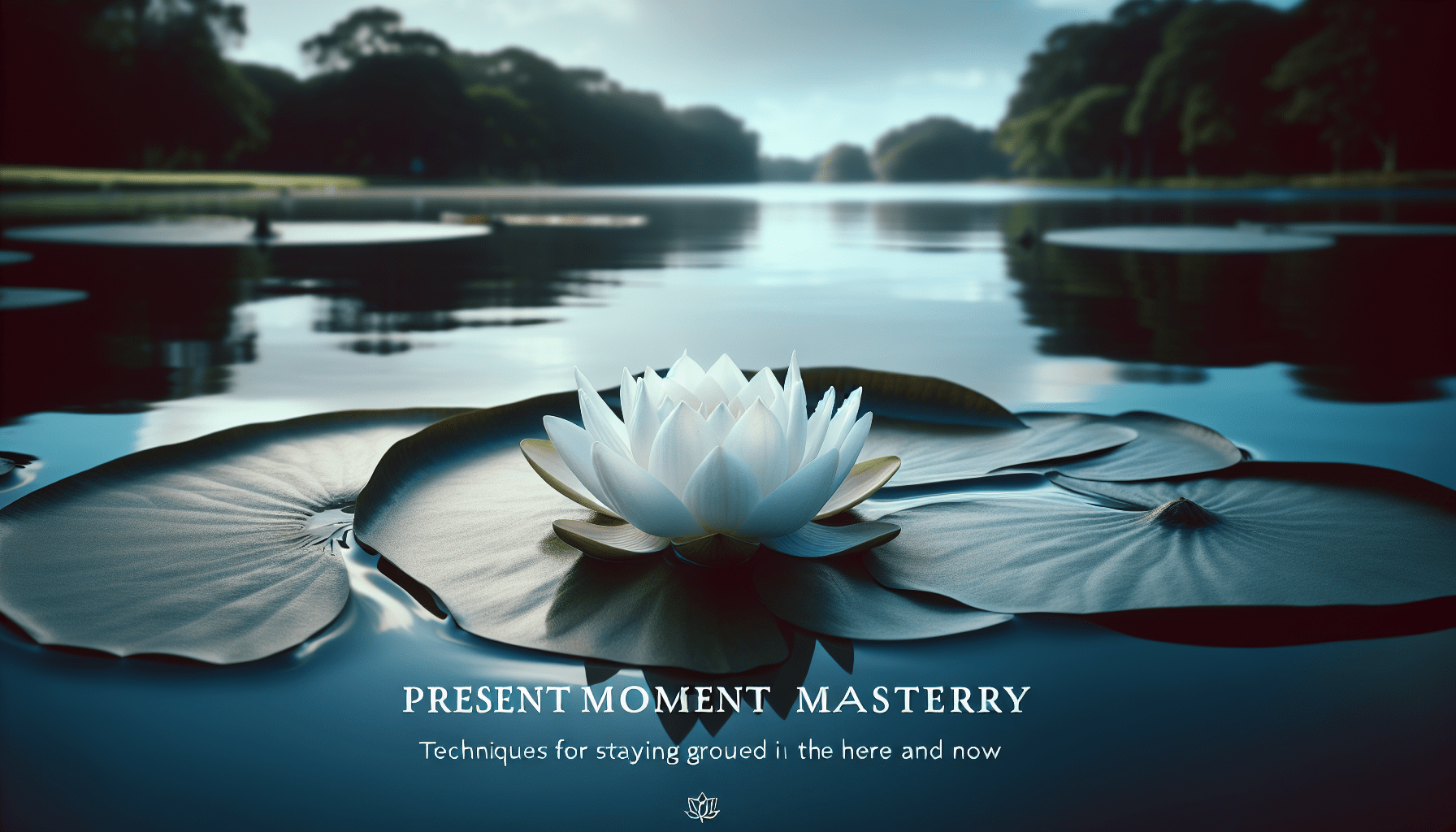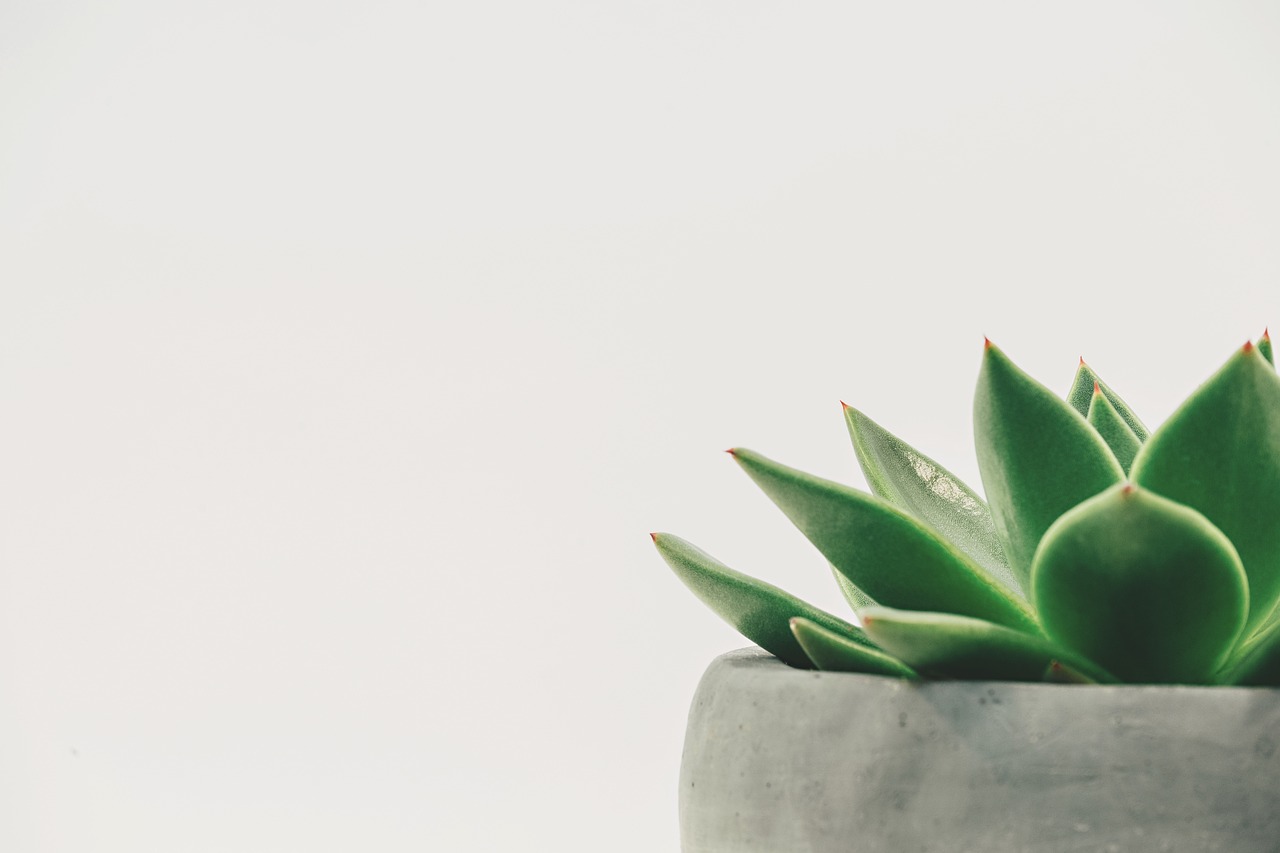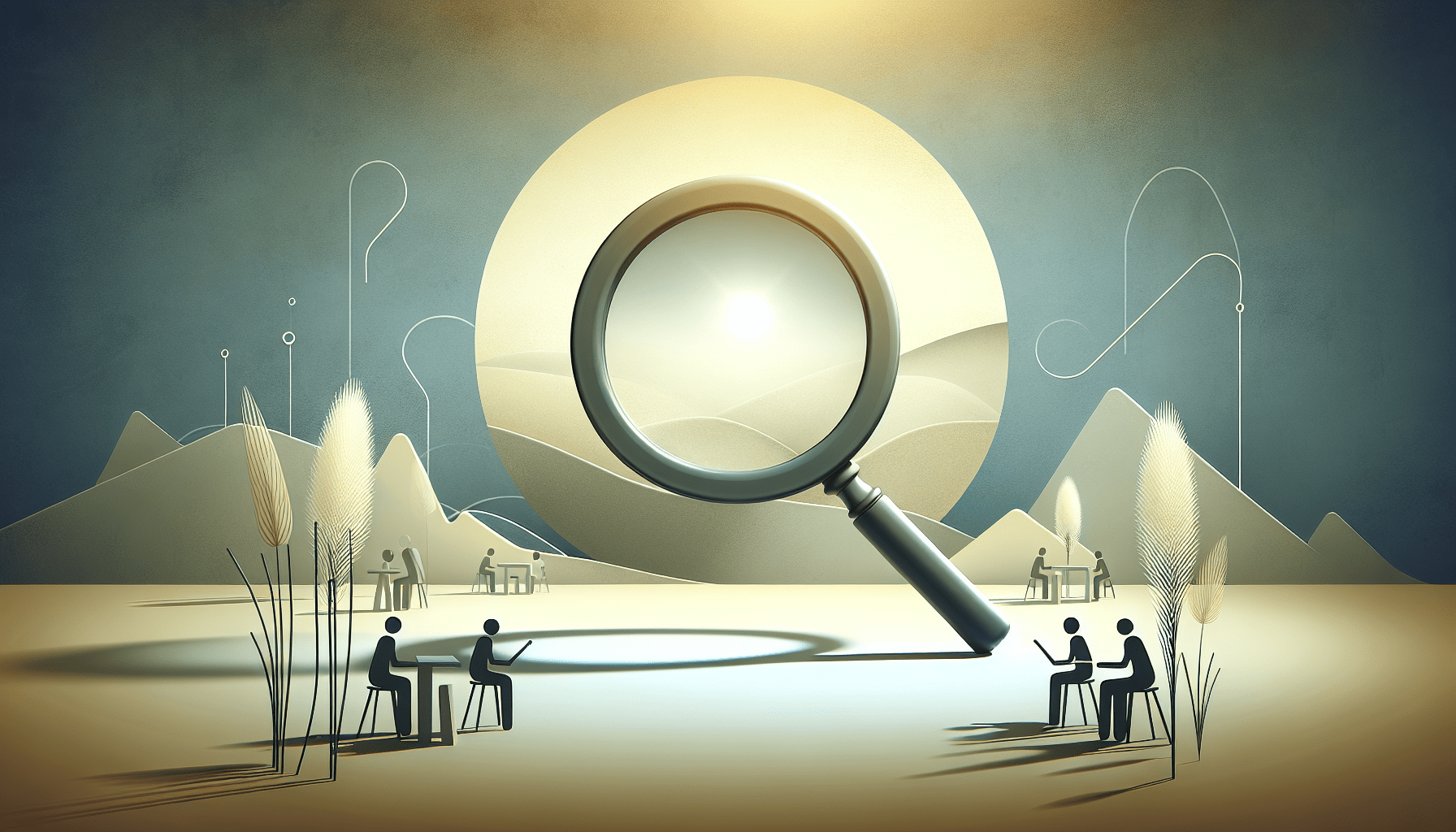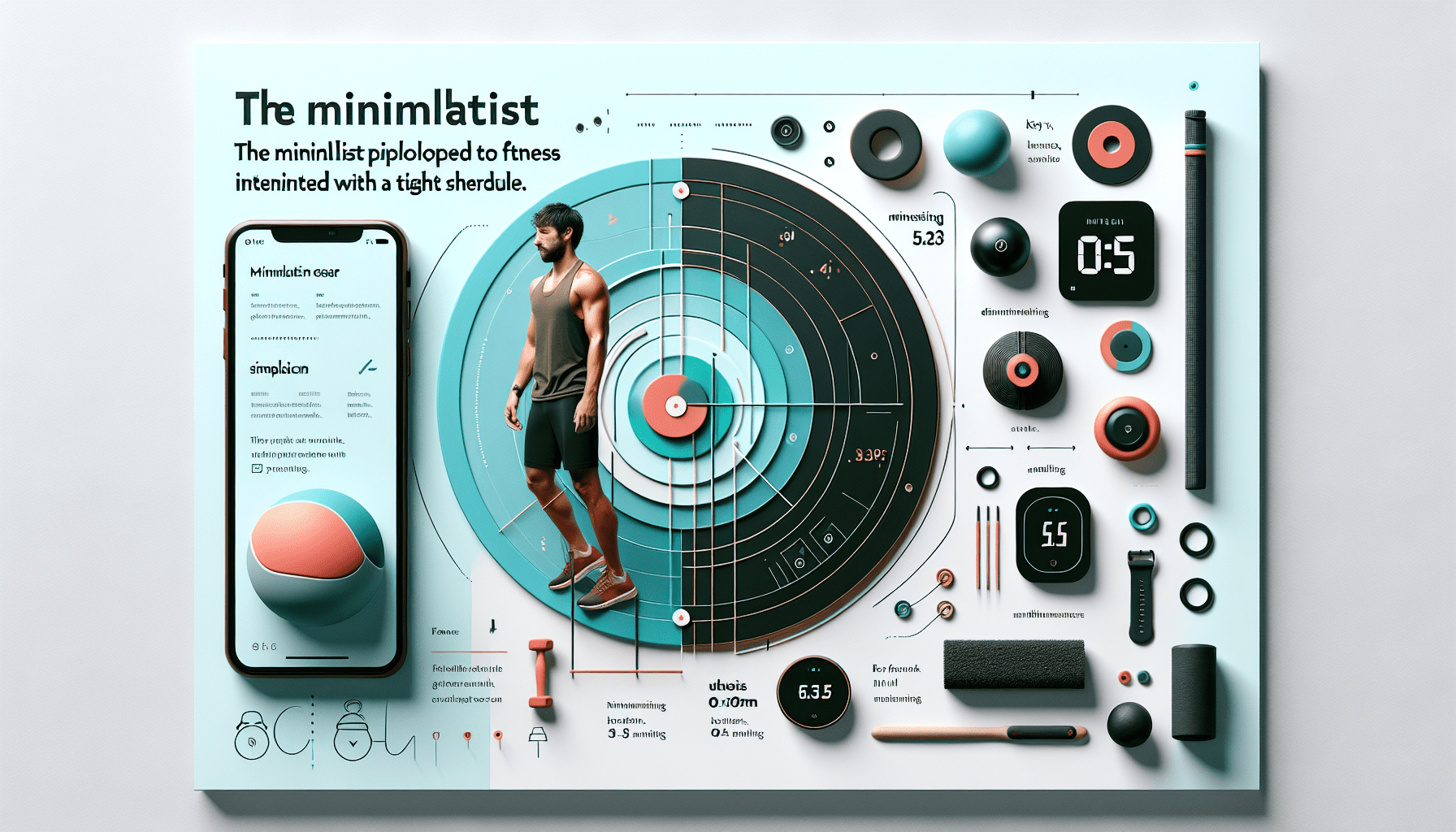
From Clutter To Clarity: Simplifying Your Space For A More Productive Mindset
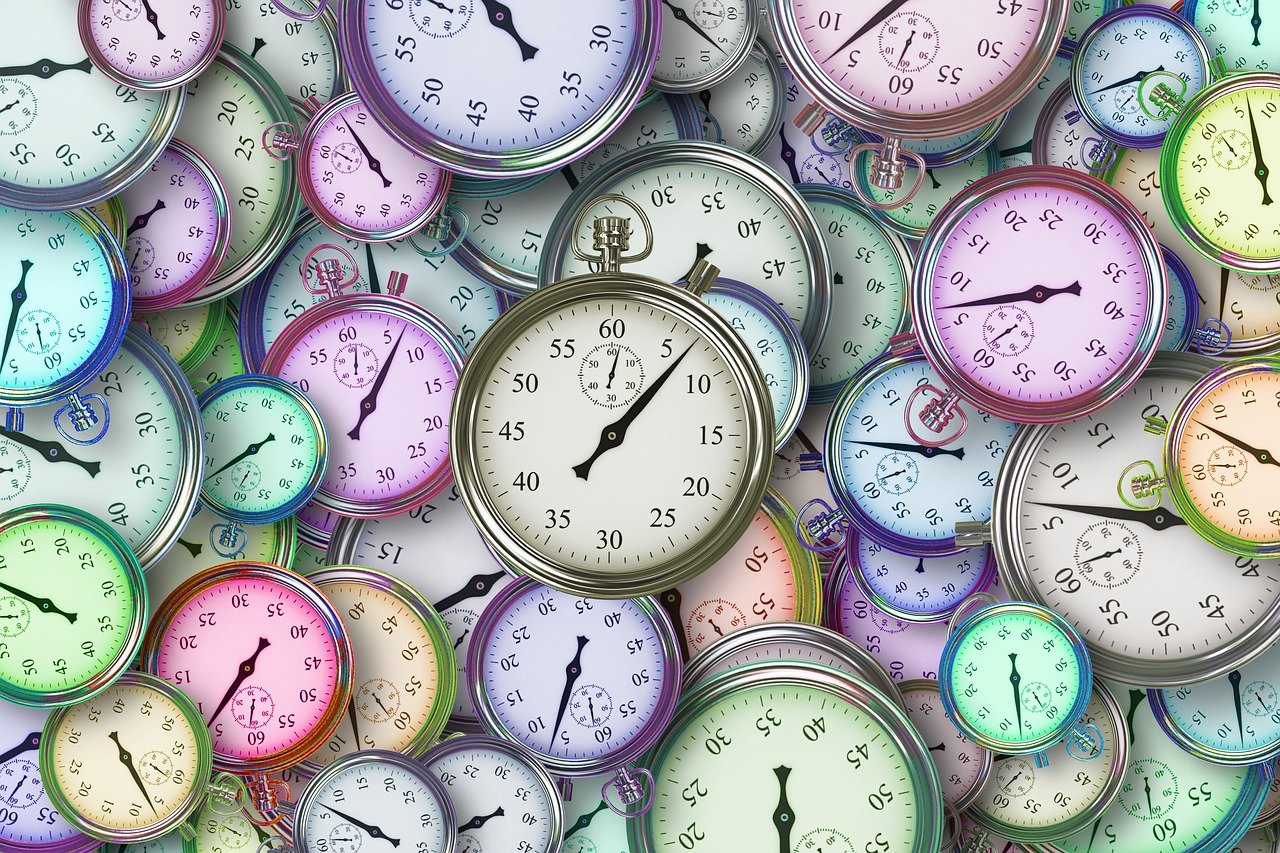
Are you tired of feeling overwhelmed by the mess and chaos in your living space? It’s time to make a change! In this article, we will explore the benefits of simplifying your space and how it can help you achieve a more productive mindset. By decluttering and organizing your surroundings, you can create a calm and focused environment that allows you to concentrate on the tasks at hand. Say goodbye to distractions and hello to a clear and clutter-free space that promotes efficiency and productivity. Get ready to transform your space and your mindset!

Decluttering Your Physical Space
Identify the problem areas
When it comes to decluttering your physical space, the first step is to identify the problem areas. Take a look around your home or workspace and notice any areas that seem cluttered or disorganized. These may be spaces such as your desk, closet, or kitchen counters. By identifying these problem areas, you can target your efforts and prioritize which areas to declutter first.
Start small
Decluttering can seem like an overwhelming task, but starting small can make a big difference. Instead of trying to tackle your entire home or workspace at once, focus on one small area at a time. This could be a single drawer, a shelf, or even just a corner of a room. By breaking the task down into smaller, more manageable parts, you’ll be more likely to stay motivated and see progress.
Create designated spaces
To maintain a clutter-free environment, it’s important to create designated spaces for your belongings. This means assigning specific places for items to go when they are not in use. For example, designate a spot for your keys, a specific drawer for office supplies, or a shelf for books. Having designated spaces not only helps to keep things organized but also makes it easier to find what you need when you need it.
Sort and categorize items
Once you’ve identified the problem areas and created designated spaces, it’s time to sort and categorize your items. Take everything out of the area you’re decluttering and sort it into different categories. For example, if you’re decluttering your closet, you might have categories such as shirts, pants, and accessories. By sorting your items, you can get a better sense of what you have and can make more informed decisions about what to keep and what to let go of.
Get rid of items you no longer need
As you sort through your items, it’s important to be honest with yourself about what you really need and use. If you come across items that you no longer need or that no longer serve a purpose in your life, it’s time to let them go. Consider donating them to a local charity or selling them online. Remember, the goal is to simplify your space and create a more streamlined environment, so be mindful of keeping only what you truly need and love.
Organize remaining items
Once you’ve sorted through your items and gotten rid of what you no longer need, it’s time to organize the remaining items. This may involve finding storage solutions that work for you, such as bins, baskets, or shelves. Choose a system that makes sense for you and your space, and be intentional about where you put things. By organizing your belongings in a thoughtful way, you’ll be setting yourself up for success in maintaining a clutter-free environment.
Streamlining Your Digital Environment
Organize your digital files
In our increasingly digital world, it’s just as important to declutter our digital environments as it is our physical spaces. Start by organizing your digital files. Create folders and subfolders to categorize your documents, photos, and other files. Use clear and descriptive names for your folders so that you can easily find what you’re looking for. Consider using a file management app or software to help streamline the process and keep everything organized.
Delete unnecessary files and apps
Just as we accumulate physical clutter, we also tend to accumulate digital clutter. Take some time to delete files and apps that you no longer need or use. This could include old documents, duplicate files, or unused apps on your devices. Not only will this free up valuable storage space, but it will also help to declutter your digital environment and make it easier to find what you’re looking for.
Create a filing system
To keep your digital files organized in the long term, it’s important to establish a filing system. This could involve using a consistent naming convention for your files or maintaining a folder hierarchy that makes sense to you. Whatever system you choose, make sure it’s something that you can easily follow and maintain. Regularly review and reorganize your files as needed to ensure that your digital environment stays clutter-free.
Utilize cloud storage
Cloud storage can be a game-changer when it comes to streamlining your digital environment. By storing your files in the cloud, you can access them from any device with an internet connection and free up space on your physical devices. There are a variety of cloud storage options available, so choose one that fits your needs and preferences. Just make sure to back up your files regularly to ensure their safety.
Create shortcuts for frequently used files
If you find yourself frequently accessing certain files or applications, consider creating shortcuts on your desktop or taskbar. This can save you time and make it easier to find the files you need. Just be mindful not to clutter up your desktop with too many shortcuts, as this can quickly become overwhelming. Keep only the most essential shortcuts visible to maintain a clean and organized desktop.
Clear your desktop and browser tabs
Having a cluttered desktop can add unnecessary stress and make it difficult to focus. Take a few moments to clear your desktop by organizing files into folders or deleting unnecessary items. Similarly, consider closing unnecessary browser tabs to reduce visual clutter. By keeping your digital space clean and clutter-free, you’ll be able to work more efficiently and maintain a more focused mindset.

Adopting Minimalist Principles
Evaluate your belongings
Adopting minimalist principles starts with evaluating your belongings and being intentional about what you choose to bring into your life. Take a step back and assess what you truly need and love. Consider each item and ask yourself if it serves a purpose or brings you joy. By being mindful of what you choose to keep, you can prevent future clutter and create a space that is truly aligned with your values and priorities.
Focus on quality over quantity
In a consumer-driven society, it’s easy to fall into the trap of accumulating more and more possessions. However, adopting a minimalist mindset means shifting the focus from quantity to quality. Instead of buying multiple low-quality items, invest in a few high-quality pieces that will last longer and bring you more satisfaction. By prioritizing quality over quantity, you’ll not only reduce clutter but also cultivate a greater appreciation for the items you do have.
Reduce duplicate items
A common source of clutter is having duplicate items. Take stock of what you own and identify any duplicate items that can be pared down. Whether it’s duplicate kitchen gadgets, clothing items, or office supplies, keeping only what you truly need or use can create a sense of simplicity and clarity. Not only will this declutter your physical space, but it can also save you time and money in the long run.
Practice mindful shopping
The next time you’re considering a purchase, practice mindful shopping. Ask yourself if the item is something you truly need or if it’s just adding to the clutter. Consider the long-term value of the item and whether it aligns with your values and priorities. By adopting a more mindful approach to shopping, you can reduce impulsive purchases and prevent unnecessary clutter from entering your life.
Embrace a minimalist wardrobe
A minimalist wardrobe can simplify your daily routine and reduce decision fatigue. Take a look at your current wardrobe and identify items that you no longer wear or that don’t bring you joy. Streamline your clothing collection by keeping only the essentials and pieces that you truly love. Aim for a versatile wardrobe of high-quality, timeless pieces that can be mixed and matched easily. Not only will this declutter your closet, but it will also make getting dressed each day a more enjoyable and streamlined experience.
Declutter your schedule
Physical clutter is not the only form of clutter that can hinder productivity and peace of mind. Our schedules can also become cluttered with too many commitments and obligations. Take a look at your schedule and identify any activities or commitments that are causing undue stress or taking up too much time. Practice saying no to things that don’t align with your priorities and make room for activities that truly bring you joy and fulfillment.
Creating Functional Workspaces
Organize your desk
A cluttered desk can impede productivity and make it difficult to focus on tasks. Take some time to organize your desk by removing any unnecessary items and creating designated spaces for your essentials. Use desk organizers, trays, or drawer dividers to keep items sorted and easily accessible. By decluttering and organizing your workspace, you’ll be able to work more efficiently and stay focused on the task at hand.
Eliminate distractions
In addition to physical clutter, distractions can also clutter your workspace and hinder productivity. Identify any sources of distraction and take steps to minimize or eliminate them. This could include turning off notifications on your phone or computer, closing unnecessary browser tabs, or creating a dedicated workspace away from high-traffic areas. By creating a focused and distraction-free environment, you’ll be better able to concentrate on your work and complete tasks more efficiently.
Use storage solutions
To create a functional workspace, it’s important to incorporate storage solutions that work for you. This could include shelves, cabinets, or desk organizers. Consider the types of items you need to store and choose storage solutions that can accommodate those items. By having a designated place for everything, you’ll be able to keep your workspace organized and easily find what you need when you need it.
Optimize lighting
Lighting can greatly affect your mood, productivity, and overall well-being. Ensure that your workspace is well-lit to create a positive and energizing environment. Take advantage of natural light whenever possible by positioning your desk near a window. If natural light is limited, invest in good quality desk lamps or overhead lighting that provides ample illumination. By optimizing your lighting, you’ll be able to work more comfortably and stay focused throughout the day.
Arrange furniture for efficiency
The way you arrange your furniture can greatly impact the functionality of your workspace. Consider the flow of your room and how you can position your furniture for maximum efficiency. Arrange your desk and other work-related items in a way that allows for easy movement and accessibility. By creating an efficient and ergonomic workspace, you’ll increase your productivity and overall comfort while working.
Personalize your space
While it’s important to keep your workspace organized and clutter-free, don’t forget to personalize it to make it feel more inviting and comfortable. Display pictures or artwork that inspires you, add a plant or two for some greenery, or incorporate meaningful objects that bring you joy. By infusing your workspace with elements that reflect your personality and values, you’ll create a space that you enjoy spending time in and feel motivated to work in.
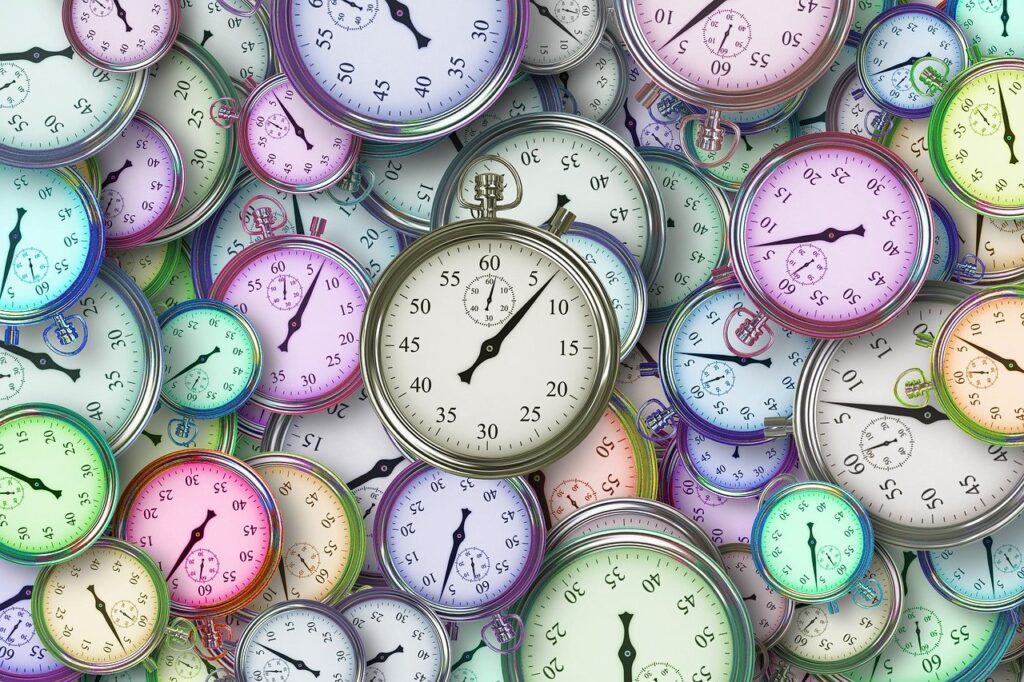
Embracing Minimalist Design
Choose a neutral color palette
When it comes to minimalist design, a neutral color palette is key. Opt for colors such as white, beige, gray, or muted tones. These colors create a sense of calm and simplicity, allowing the focus to be on the form and function of the space rather than bold colors or patterns. By choosing a neutral color palette, you’ll create a harmonious and visually pleasing environment.
Simplify furniture and decor
Minimalist design is all about simplicity and clean lines. Choose furniture and decor pieces that are sleek and streamlined. Avoid excessive ornamentation or cluttered patterns. When selecting furniture, opt for pieces that serve a purpose and that are comfortable and functional. Keep decor to a minimum, choosing a few select pieces that truly enhance the space.
Create open and airy spaces
A key aspect of minimalist design is creating open and airy spaces. Avoid overcrowding your rooms with too much furniture or accessories. Allow for plenty of negative space and leave room for movement. By creating open and airy spaces, you’ll promote a sense of calm and tranquility.
Incorporate natural elements
Bringing nature indoors can add a sense of warmth and tranquility to your space. Incorporate natural elements such as plants, wood, or stone. This could be as simple as adding a few potted plants or incorporating wooden accents into your decor. By connecting with nature in your space, you’ll create a more balanced and peaceful environment.
Minimize visual clutter
Visual clutter can disrupt the calm and simplicity of a minimalist space. Keep surfaces clear of unnecessary items and declutter regularly. Avoid excessive wall decor or too many accessories. Instead, choose a few key pieces that truly enhance the space and promote a sense of tranquility.
Focus on functionality
Minimalist design is not just about aesthetics, but also about functionality. Choose furniture and storage solutions that are practical and serve a purpose. Consider how each item in your space adds value and functionality. By focusing on functionality, you’ll create a space that is both visually appealing and optimized for daily use.
Implementing Effective Systems and Routines
Develop a cleaning routine
A cleaning routine can help you maintain a clutter-free environment and reduce the likelihood of things getting out of control. Establish a regular cleaning routine that works for you, whether it’s daily, weekly, or monthly. Set aside dedicated time to tidy up, declutter, and clean your space. By incorporating regular cleaning into your routine, you’ll be able to stay on top of clutter and maintain a more organized and peaceful environment.
Establish daily habits
In addition to a cleaning routine, it’s important to establish daily habits that contribute to a simplified lifestyle. This could include simple actions such as making your bed each morning, putting things away after use, or decluttering a specific area for five minutes each day. By creating daily habits that promote organization and cleanliness, you’ll prevent clutter from accumulating and streamline your daily routines.
Create a schedule
Creating and sticking to a schedule can greatly enhance productivity and keep you on track throughout the day. Prioritize your tasks and allocate specific time blocks for different activities. Be realistic about what you can accomplish in a given timeframe and build in breaks to avoid burnout. By following a schedule, you’ll be able to manage your time more effectively and reduce the likelihood of feeling overwhelmed.
Set goals and prioritize tasks
To stay focused and productive, it’s important to set goals and prioritize tasks. Take some time each day or week to identify your goals and the tasks that will help you achieve them. Be mindful of your priorities and allocate your time and energy accordingly. By setting clear goals and prioritizing tasks, you’ll be able to stay on track and make progress towards your desired outcomes.
Practice time-blocking
Time-blocking is a technique that involves scheduling specific periods of time for different tasks or activities. By assigning specific blocks of time to different activities, you’ll be able to focus on one task at a time and avoid distractions. This can help to increase productivity and reduce the likelihood of feeling overwhelmed. Experiment with different time-blocking methods to find what works best for you.
Automate repetitive tasks
Repetitive tasks can be a drain on time and energy. Look for ways to automate these tasks to free up more time and mental space for what truly matters. This could include setting up automatic bill payments, using task management software, or delegating tasks to others when possible. By automating repetitive tasks, you’ll be able to streamline your productivity and make more room for activities that bring you joy and fulfillment.
Clearing Mental Clutter
Practice mindfulness and meditation
Clearing mental clutter is just as important as decluttering our physical and digital spaces. Practice mindfulness and meditation to cultivate a more focused and clear mindset. Set aside a few minutes each day to practice deep breathing, quiet reflection, or guided meditation. By regularly engaging in mindfulness practices, you can reduce stress, improve focus, and enhance your overall well-being.
Keep a journal
Journaling can be a powerful tool for clearing mental clutter and gaining insight into your thoughts and emotions. Take a few minutes each day to write down your thoughts, feelings, and any worries or concerns. This practice can help to release mental tension and provide clarity and perspective. Experiment with different journaling techniques such as gratitude journaling, goal-setting, or free writing to find what works best for you.
Manage your digital notifications
Digital notifications can be a constant source of distraction and mental clutter. Take control of your digital environment by managing your notifications. Turn off unnecessary notifications on your devices and choose specific times to check email or social media. By reducing the constant barrage of notifications, you’ll be better able to focus on the task at hand and maintain a more peaceful state of mind.
Limit decision fatigue
Excessive decision-making can lead to mental clutter and decision fatigue. Simplify your daily decisions by establishing routines and systems that eliminate the need for constant decision-making. For example, plan your meals ahead of time, establish a capsule wardrobe, or create a weekly schedule. By streamlining your daily decisions, you’ll free up mental energy for more important tasks and reduce mental clutter.
Practice self-reflection
Take time for self-reflection to gain a better understanding of yourself and your priorities. Regularly check in with yourself and ask meaningful questions such as, “What brings me joy?” or “What areas of my life feel cluttered?” By engaging in self-reflection, you can identify areas for improvement and make intentional choices that align with your values and goals.
Engage in regular self-care
Self-care is essential for maintaining a clear and focused mindset. Make self-care a priority by engaging in activities that recharge and refresh you. This could include things like taking a walk in nature, practicing yoga or meditation, reading a book, or spending time with loved ones. By regularly engaging in self-care, you’ll reduce stress, improve your mood, and create a more positive mindset.
Fostering a Positive Mindset
Cultivate gratitude
Practicing gratitude is a powerful way to foster a positive mindset and shift your focus towards the positive aspects of your life. Take a few moments each day to reflect on the things you are grateful for. This could be as simple as writing down three things you are grateful for each day or mentally acknowledging moments of gratitude throughout your day. By cultivating gratitude, you’ll train your brain to focus on the positive and create a more positive overall mindset.
Surround yourself with positivity
The people and environment we surround ourselves with greatly impact our mindset. Surround yourself with positive influences, whether it’s supportive friends and family, inspiring books and podcasts, or uplifting decor in your space. Take note of any negative influences in your life and make a conscious effort to limit or eliminate their presence. By surrounding yourself with positivity, you’ll create an environment that fosters a positive mindset.
Set intentions and affirmations
Setting intentions and affirmations can help to guide your thoughts and actions in a positive direction. Take a few moments each day to set intentions for how you want to show up in the world or affirm positive beliefs about yourself. Write them down or repeat them aloud to yourself. By anchoring yourself in positive intentions and affirmations, you’ll cultivate a more positive mindset and attract positive experiences into your life.
Practice visualization
Visualization is a technique that involves imagining yourself achieving your goals or experiencing a desired outcome. Take some time each day to visualize yourself living a simplified and fulfilled life. Imagine the details of what that looks like and how it feels. By practicing visualization, you’ll create a roadmap for your subconscious mind and increase your motivation and focus towards achieving your goals.
Celebrate small wins
Don’t overlook the importance of celebrating small wins along your journey towards a simplified lifestyle. Take a moment to acknowledge and celebrate each step you take towards your goals, no matter how small. This could be as simple as giving yourself a pat on the back or treating yourself to something you enjoy. By celebrating small wins, you’ll boost your motivation, build confidence, and maintain a positive mindset.
Focus on personal growth
Fostering a positive mindset involves a commitment to personal growth and continuous improvement. Set aside time for personal development activities such as reading personal growth books, attending workshops or seminars, or learning new skills. By focusing on personal growth, you’ll expand your knowledge and capabilities, cultivate a sense of fulfillment, and maintain a positive mindset.
Maintaining a Simplified Lifestyle
Regularly review and declutter
The process of decluttering is not a one-time event, but rather an ongoing practice. Regularly set aside time to review your belongings and declutter as needed. This could be a monthly or quarterly review to ensure that you’re staying on track and preventing clutter from accumulating. By consistently reviewing and decluttering your space, you’ll maintain a simplified environment and prevent clutter from taking over.
Avoid unnecessary purchases
To maintain a simplified lifestyle, it’s important to avoid unnecessary purchases. Before making a purchase, pause and ask yourself if it aligns with your values and if it’s something you truly need or love. Avoid impulse buying and practice delayed gratification. By adopting a more mindful approach to purchasing, you’ll prevent unnecessary clutter and save money in the process.
Practice detachment from material possessions
Letting go of attachments to material possessions is a key aspect of a simplified lifestyle. Recognize that happiness and fulfillment cannot be found in material possessions alone. Practice gratitude for what you have and cultivate a mindset of detachment. By shifting your focus away from material possessions, you’ll be able to experience a greater sense of freedom and contentment.
Develop healthy habits
In addition to decluttering your physical and mental space, it’s important to develop healthy habits that support a simplified lifestyle. This could include habits such as regular exercise, eating nourishing foods, getting enough sleep, or practicing self-care. By making your well-being a priority, you’ll be better equipped to handle the challenges that life throws your way and maintain a simplified lifestyle.
Simplify your social life
Our social lives can become cluttered with commitments and obligations. Take stock of your social calendar and consider which activities truly bring you joy and fulfillment. Simplify your social life by prioritizing quality over quantity. Make time for the people who truly matter and the activities that bring you the most joy and connection. By simplifying your social life, you’ll create a sense of balance and prevent overwhelm.
Continuously reassess and adjust
Maintaining a simplified lifestyle requires ongoing assessment and adjustment. Regularly reassess your routines, habits, and priorities to ensure that they still align with your values and goals. Be open to making changes and adapting as needed. By continuously reassessing and adjusting, you’ll ensure that you’re living in alignment with your intentions and maintaining a simplified lifestyle.
Benefits of Simplification
Improved focus and productivity
Simplifying your physical and mental space can greatly enhance your focus and productivity. By eliminating distractions, reducing clutter, and streamlining your environment, you’ll create a space that promotes concentration and efficiency. With fewer distractions and a clearer mindset, you’ll be able to work more effectively and accomplish your tasks with greater ease.
Reduced stress and anxiety
Cluttered physical and mental spaces can contribute to feelings of stress and anxiety. Simplifying your environment and adopting a minimalist mindset can help to reduce these feelings. By removing excess belongings, creating organized spaces, and practicing mindfulness, you’ll create a more calming and peaceful environment. This can lead to reduced stress and anxiety, allowing you to experience a greater sense of well-being.
Enhanced creativity
A cluttered environment can hinder creativity and limit your ability to think outside the box. By simplifying your space, you’ll create more mental and physical space for creative ideas to flow. A simplified environment allows for greater mental clarity and freedom of thought. With a clear and decluttered space, you’ll be better able to tap into your creativity and generate innovative ideas.
Increased clarity and decision-making
Mental clutter can lead to indecisiveness and difficulty making important decisions. By clearing mental clutter through practices such as mindfulness, self-reflection, and regular decluttering, you’ll enhance your ability to make clear and confident decisions. With a simplified and focused mindset, you’ll be better equipped to prioritize tasks, set goals, and make choices that align with your values and priorities.
Greater sense of satisfaction
Living a simplified lifestyle can bring a greater sense of satisfaction and contentment. By letting go of excess belongings, simplifying routines, and focusing on what truly matters, you’ll experience a greater sense of fulfillment. Simplification allows you to prioritize what truly brings you joy and live in alignment with your values. With a simplified lifestyle, you’ll find more meaning and purpose in your daily life.
Improved overall well-being
When you simplify your physical and mental spaces, adopt minimalist principles, and cultivate a positive mindset, you’ll experience improved overall well-being. The benefits of simplification extend beyond just the physical and can positively impact your mental, emotional, and spiritual well-being. By simplifying your life, you’ll create a more balanced and harmonious environment, leading to increased happiness, fulfillment, and overall well-being.

